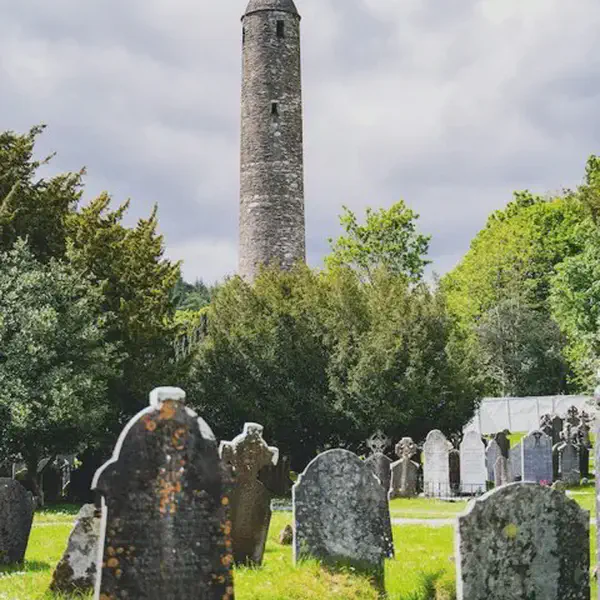
Mary Queen of Scots Gives Birth to the Future King James VI of Scotland and I of England.
June 19, 1566
James VI of Scotland-James I of England and Ireland (Charles James Stuart) (June 19, 1566 ? March 27, 1625) was King of England, King of Scotland, and King of Ireland and was the first to style himself King of Great Britain. He ruled in Scotland as James VI from 24 July 1567 until the death of Elizabeth I of England in 1603. Then from the Union of the Crowns, in England and Ireland as James I, from 24 March 1603 until his death. He was the first monarch of England from the House of Stuart, succeeding the last Tudor monarch, Elizabeth I, who died without children.
James was a successful monarch in Scotland, but the same was not true in England. He was unable to deal with a hostile Parliament; the refusal on the part of the House of Commons to impose sufficiently high taxes crippled the royal finances. His taste for political absolutism, his mismanagement of the kingdoms funds and his cultivation of unpopular favourites established the foundation for the English Civil War, during which James son and successor, Charles I, was tried and executed. During James own life, however, the governments of the Kingdom of England and the Kingdom of Scotland were relatively stable. Along with Alfred the Great, James is considered to have been one of the most intellectual and learned individuals ever to sit on the English or Scottish thrones. Under him, much of the cultural flourishing of Elizabethan England continued; science, literature and art, contributed by individuals such as Sir Francis Bacon and William Shakespeare grew by leaps and bounds during his reign. James himself was a talented scholar, writing works such as Daemonologie (1597), The True Law of Free Monarchies (1598), Basilikon Doron (1599) and A Counterblaste to Tobacco (1604).
James was the only child of Mary I, Queen of Scots and of her second husband, Henry Stuart, Duke of Albany, more commonly known as Lord Darnley. James was a direct descendant of Henry VII, through his great-grandmother Margaret Tudor, sister of Henry VIII. James mother was an insecure ruler, as both she and her husband, being Roman Catholics, faced a rebellion of Protestant noblemen. Their marriage, furthermore, was a particularly difficult one. While Mary was pregnant with James, Lord Darnley secretly allied himself with the rebels and murdered the Queens private secretary, David Rizzio.
James was born on 19 June 1566 at Edinburgh Castle, and automatically became Duke of Rothesay and Prince and Great Steward of Scotland, for he was the eldest son of the monarch and thus the heir-apparent. He received the name Charles James, the first name in honour of his godfather Charles IX of France, thus becoming the first future British monarch to have more than one forename. James father was murdered with his rider and lover at the time on 10 February 1567 at the Hamiltons house, Kirk o Field, Edinburgh, most likely to avenge Rizzios death. Marys marriage on 15 May of the same year to James Hepburn, 4th Earl of Bothwell, who was widely suspected of murdering the Duke of Albany, made her even more unpopular. In June 1567, the Protestant rebels arrested Mary and imprisoned her in Loch Leven Castle. Mary was forced to abdicate the throne on 24 July, giving it to James, then only thirteen months old.
James did not know his father and so relied on male courtiers throughout his life, beginning with his older relative Esmé Stewart, 1st Duke of Lennox. James was a self-absorbed man and not much interested in his wife, possibly due to emotional scars about his mother supposedly conspiring with Bothwell to murder his father. Nonconformists said Elizabeth was King: now James is Queen and this quote has survived [1]. Intent on strengthening the Church of England and reaffirming the Buggery Act 1533, James adopted a severe stance towards sodomy. His book on kingship, Basilikon Doron, lists sodomy among those ?horrible crimes which ye are bound in conscience never to forgive.?